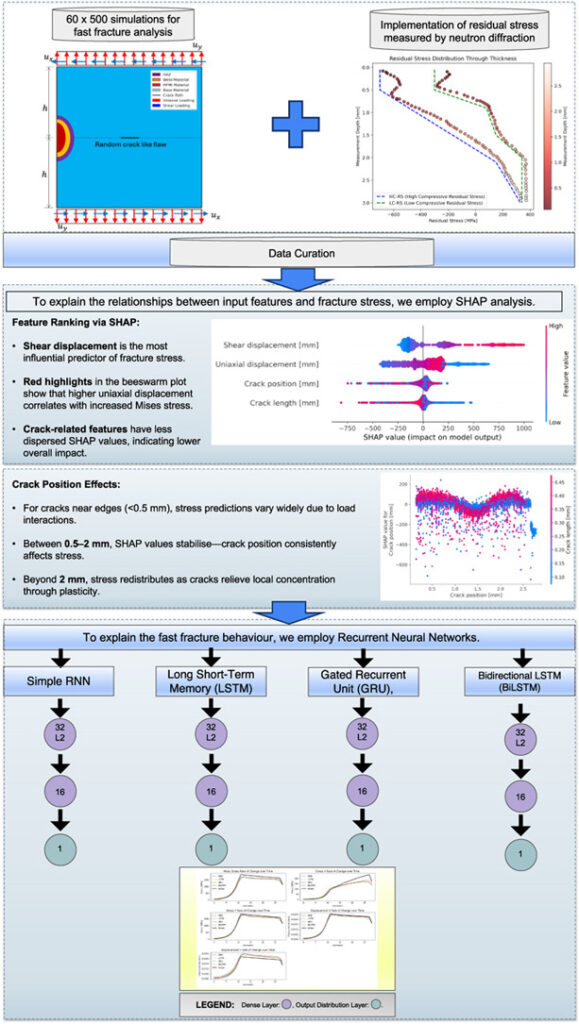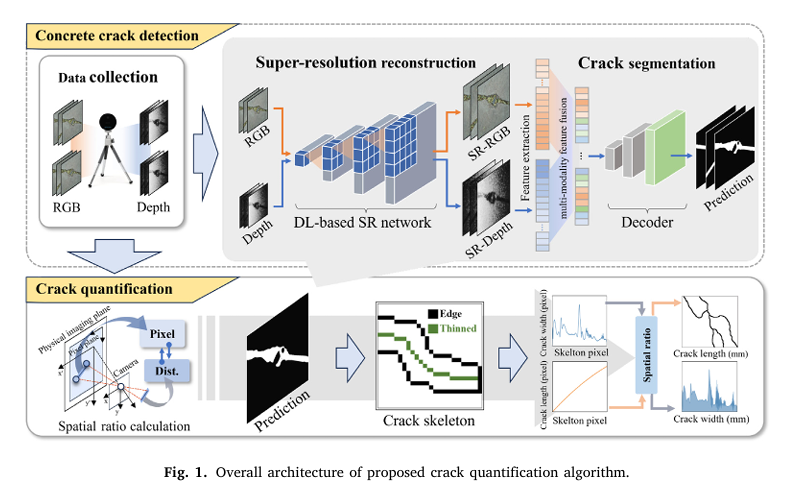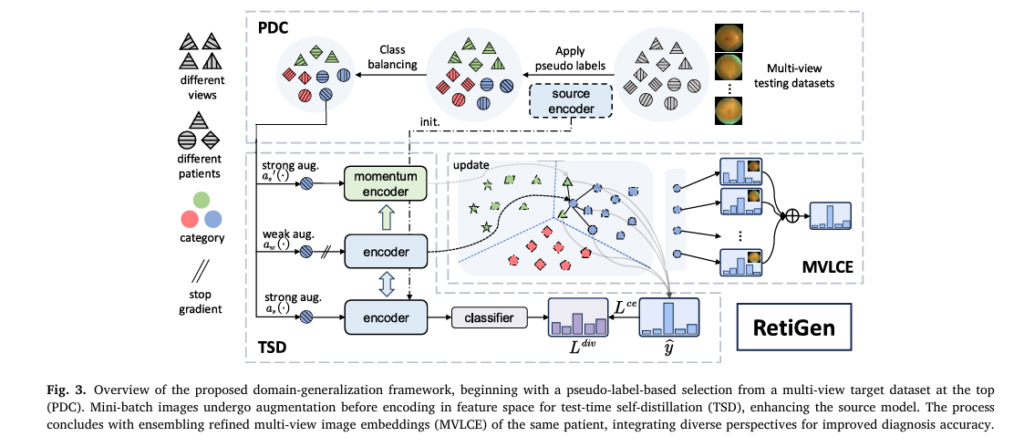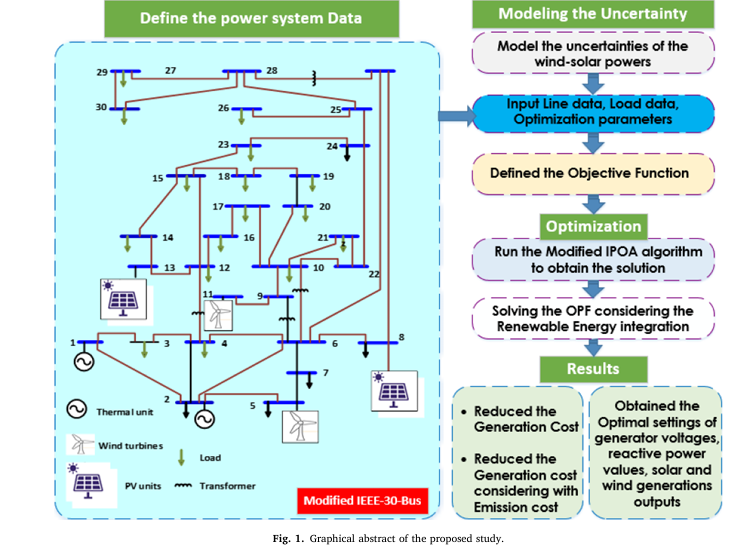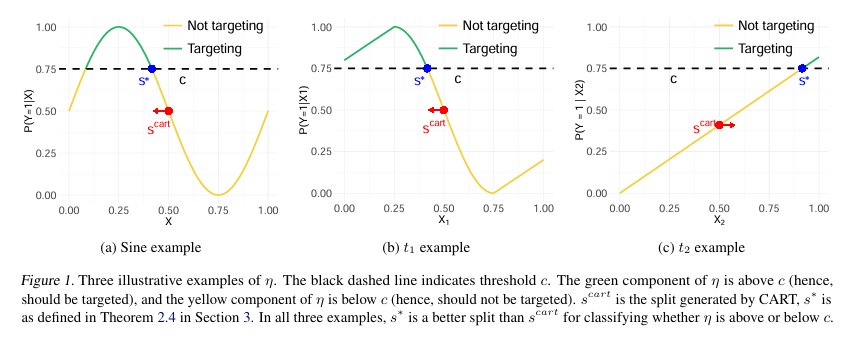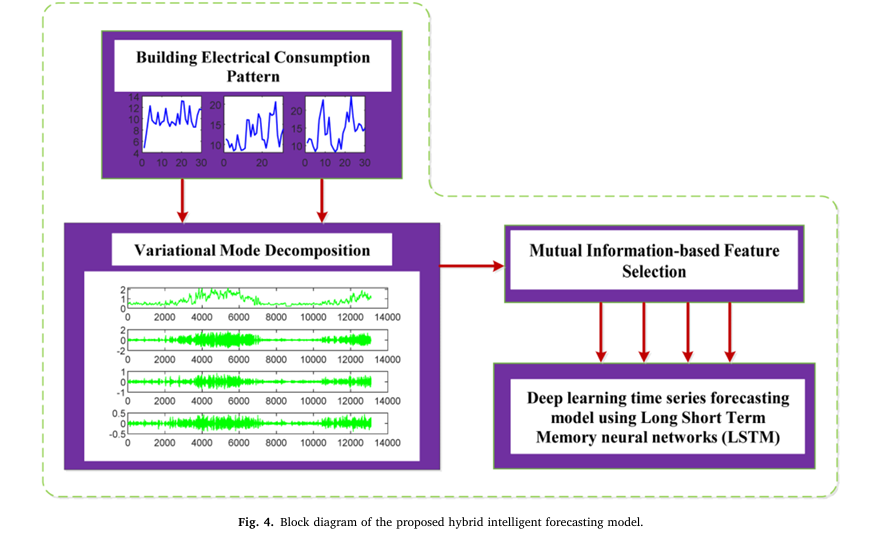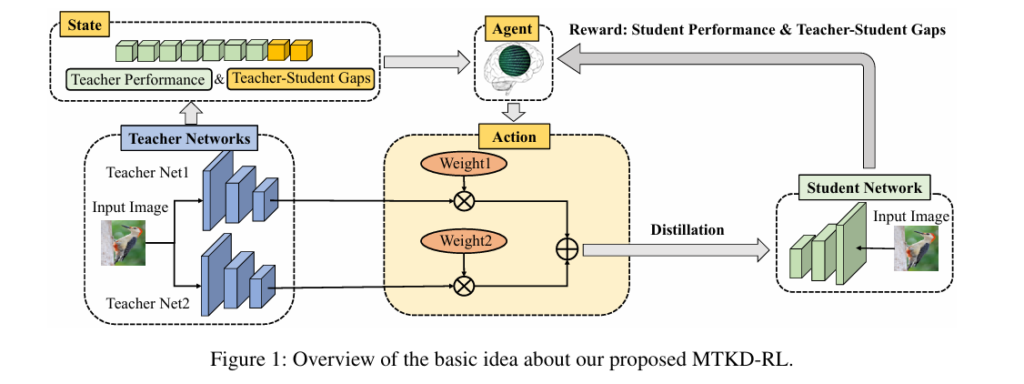Predicting Fast Crack Growth in Welded Steel with AI: A Machine Learning Approach to Structural Safety
Introduction: The Hidden Threat of Cracks in Welded Structures In the world of engineering, especially within industries like offshore energy, oil and gas, and heavy infrastructure, welded steel components form the backbone of critical systems. Yet, despite their strength and reliability, these structures are vulnerable to a silent but destructive force: crack propagation. Over time, […]

